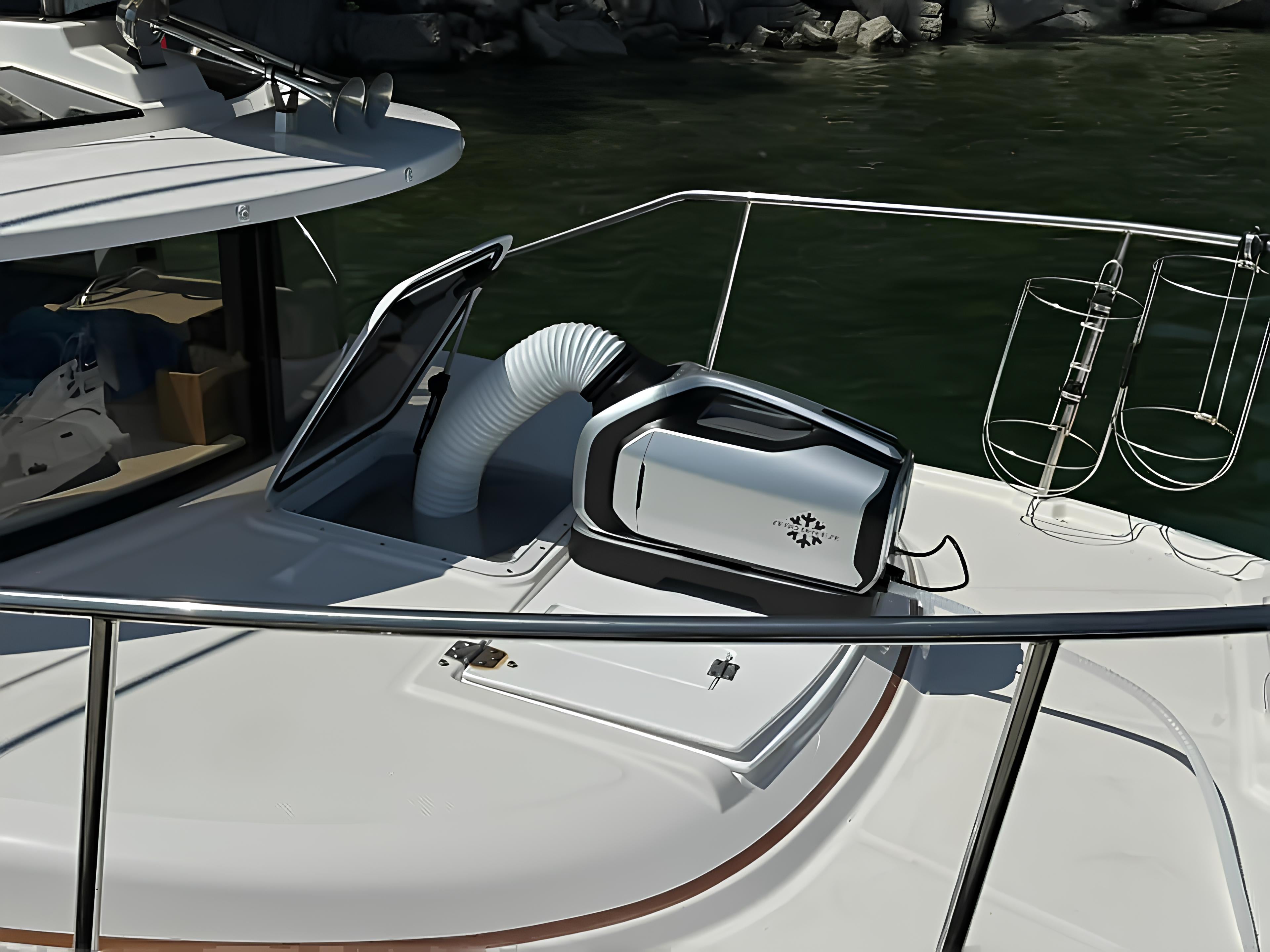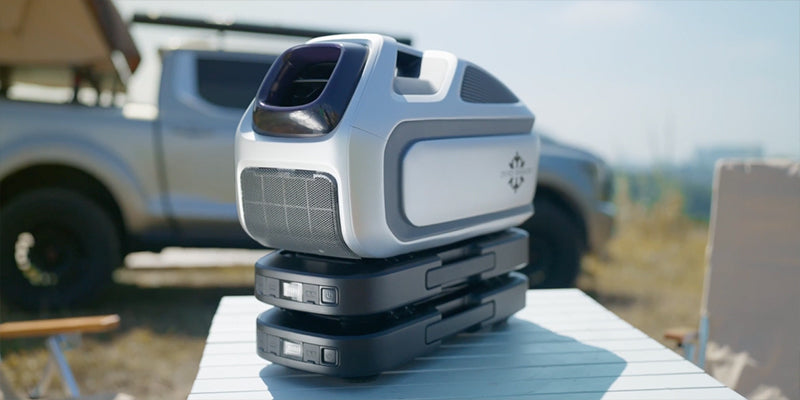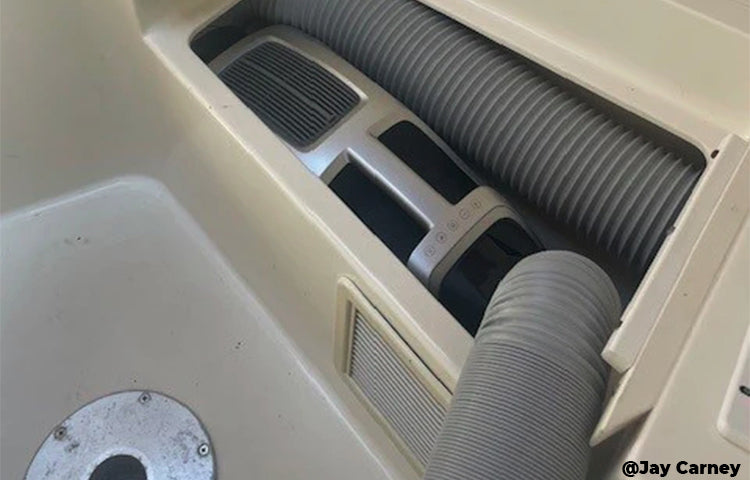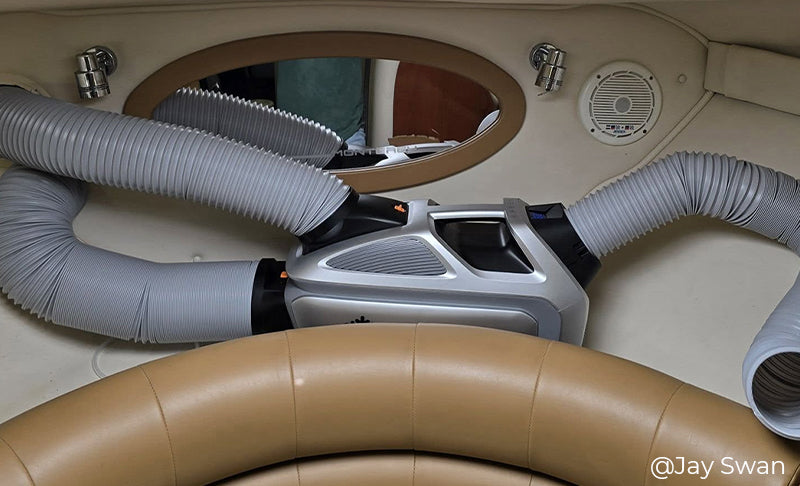Why Boaters Choose Mark 3




Use It Your Way
Whether you’re sailing off-grid or prepping on land, Mark 3 works with whatever system you have:
⦁ ZERO BREEZE battery packs: 2–7 hours (1 battery), up to 14 hours (2 batteries)
⦁ 48V DC system — with the correct cable
⦁ Inverter or shore power
⦁ 12V / 24V systems — with a step-up converter and proper cable
If your setup can deliver 600W of stable DC power, you’re good to go.

Where Does the Hot Air Go
Mark 3 uses a dual-hose system — like a mini-split air conditioner, but all in one compact unit, making cooling more efficient.
Two Front Vents:
⦁ Intake vent: Draws in air from your cabin or berth to cool it.
⦁ Exhaust vent: Expels the cooled air, keeping your space comfortable.
Two Back Vents:
⦁ Intake vent: Pulls in fresh air to cool the air conditoner.
⦁ Exhaust vent: Pushes the hot air outside, venting it away.

Most boaters vent the hot air through a hatch, side portlight, or into a vented anchor locker by connecting the rear hoses. Some users place the unit outside and run the front hoses to draw air from the cabin and vent hot air out — just like adding an external A/C to your space.

Cool Where It Matters
Mark 3 isn’t built to cool your entire interior — and it doesn’t need to be.
It’s made for the spaces that heat up first, and matter most:
- V-berths
- Aft cabins
- Cockpits with canvas zipped up
- Any small sleeping cabin
When you're anchored and there's no breeze, this is the space you care about.



















